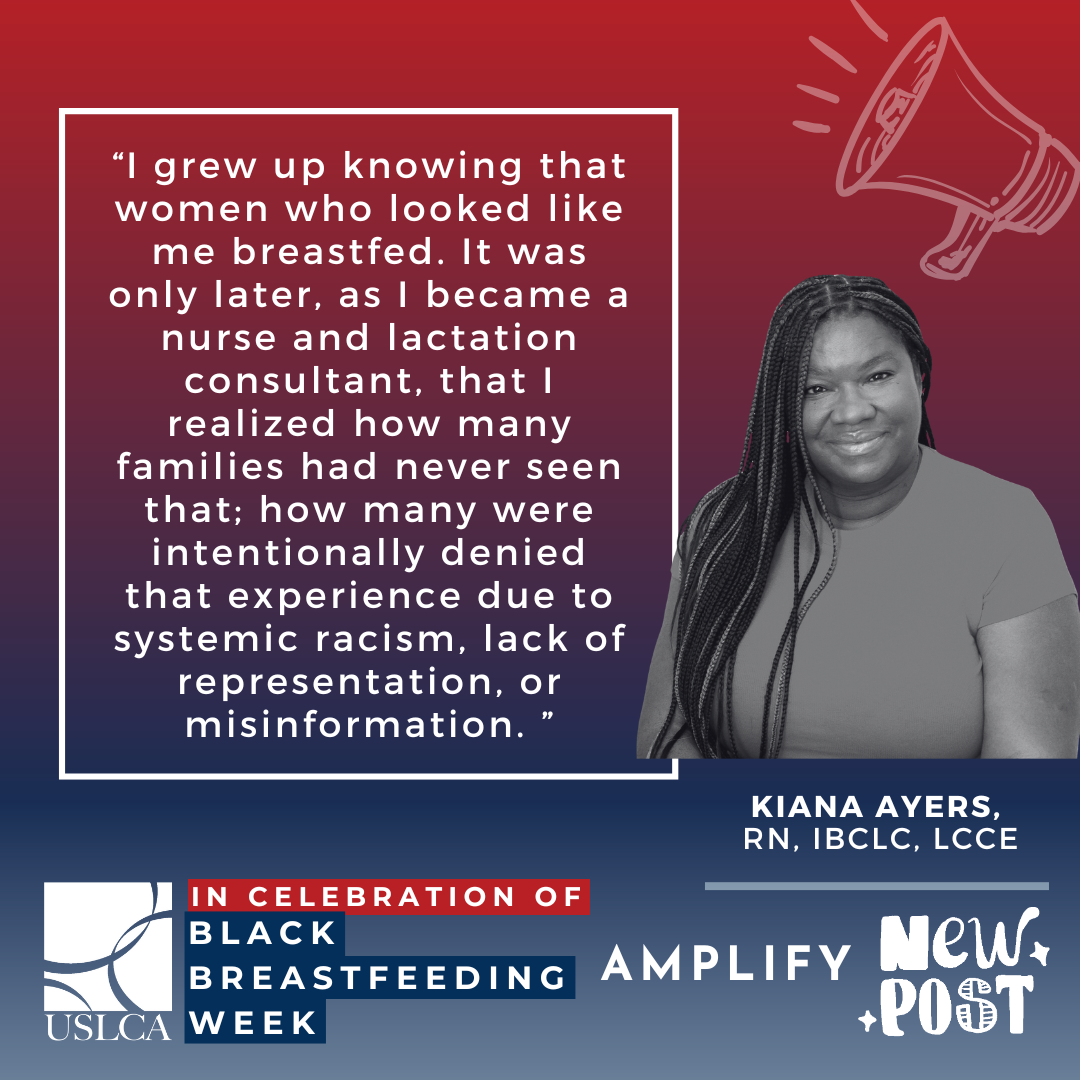By Chloe McElmury
September 16, 2021
 September is Thyroid Cancer Awareness Month. Thyroid Cancer develops in the tiny but mighty thyroid, a gland located on the front of your neck, underneath your larynx (Adam’s Apple). The thyroid is shaped like a butterfly, with two lobes connected by a bridge. Your thyroid controls a lot within your body by controlling and releasing thyroid hormones to help your body’s systems function correctly. Your weight, body temperature, metabolism, heart rate, and blood pressure are all regulated with the help of thyroid hormones. Thyroid Cancer is the second most common cancer diagnosed during pregnancy. For current or expectant parents, some changes must be made if diagnosed while pregnant or breastfeeding.
September is Thyroid Cancer Awareness Month. Thyroid Cancer develops in the tiny but mighty thyroid, a gland located on the front of your neck, underneath your larynx (Adam’s Apple). The thyroid is shaped like a butterfly, with two lobes connected by a bridge. Your thyroid controls a lot within your body by controlling and releasing thyroid hormones to help your body’s systems function correctly. Your weight, body temperature, metabolism, heart rate, and blood pressure are all regulated with the help of thyroid hormones. Thyroid Cancer is the second most common cancer diagnosed during pregnancy. For current or expectant parents, some changes must be made if diagnosed while pregnant or breastfeeding.
The thyroid and its hormones are incredibly important, which is why it’s important to know the symptoms of thyroid issues and how to check your neck at home. I have been a thyroid cancer survivor and fighter since I was diagnosed at age 12 with Papillary Thyroid Cancer. I’ve gone from ignoring my cancer diagnosis, wanting a normal childhood, to fully embracing this journey I’m on with the creation of Thycan Survivors–a survivor-informed thyroid cancer community.
Thyroid disease is fairly common, with about 200 million people worldwide having some form of thyroid disease. 1 in 8 women will develop thyroid problems in her lifetime and most issues can be easily solved with bloodwork and adding synthetic thyroid hormones.
Thyroid cancer is (thankfully) less common, but until recently, it was the most rapidly increasing cancer in the United States. Fortunately, this increase was largely due to increased and early detection. In 2021, the American Cancer Society estimates there will be about 44,280 new cases of thyroid cancer in the United States. The cause of thyroid cancer isn’t completely understood yet, but genetics and environmental factors have been noted in some cases. Women are diagnosed more frequently than men, and pediatric cases are a miniscule percentage of all cases. Some will have zero symptoms, and others might feel a lump or bump in their neck. The cancer may be found as a mass on your thyroid and can spread to the lymph nodes in your neck and throughout your body.
Symptoms of thyroid cancer include:
- A lump (called a nodule) that can be felt on your neck
- Vocal changes, like hoarseness
- Pain in your neck and/or throat
- Swollen lymph nodes in neck
- Difficulty swallowing
Some cases of thyroid cancer will be very visible–you may have heard of TV News Anchors being diagnosed by their fans–while others will be so small and caught early that no nodules are visible to the eye.
Most treatments will include removing some or all of the thyroid and any surrounding suspicious lymph nodes, paired with lifelong hormone therapy. Because your thyroid hormones are necessary to live, survivors will need to take replacement thyroid hormones and have their levels monitored through bloodwork. Replacement thyroid hormone medication is safe to take while breastfeeding and pregnant. Many parents will need their blood levels of TSH (thyroid stimulating hormone) checked often during pregnancy. Usually, people will need their dosage raised during pregnancy to maintain normal thyroid levels. According to the American Thyroid Association, both hyper- and hypothyroidism can affect lactation. So, it’s important for new parents (and all thyroid cancer survivors) to have regular visits with their doctor and bloodwork to ensure their levels are optimal.
Some cases of thyroid cancer will need additional surgeries or even chemotherapy. Radioactive Iodine Treatment (RAI) is also widely used, using radioactive iodine to “zap” away any unwanted thyroid tissue. However, if you are diagnosed while pregnant or breastfeeding, you can’t also do RAI at the same time. The American Thyroid Association states that breastfeeding must be stopped at least six weeks before being administered RAI. The RAI would pass through to baby through radioactive milk, and the RAI would concentrate in the breasts. For RAI, there is also an isolation time after consuming the radioactive iodine and you can’t have close contact with certain groups, like small children and the elderly. Parents would have to be separated from their children during this time. But, for patients with stable thyroid cancer, they may wait to do RAI until they have finished breastfeeding.
Thyroid cancer is made up of several types: Papillary, Follicular, Medullary, Anaplastic, Hürthle cell, and Thyroid Lymphoma. Papillary tends to grow slowly over time and is the most common type of thyroid cancer. Follicular is also slow growing, but may spread to lymph nodes, lungs, or bones. Medullary can be more aggressive, grow faster, and be genetic. Medullary cases may use chemotherapy because RAI is not an effective option. Anaplastic is a rare type of thyroid cancer, affecting only 1-2 people in every 100 cases of thyroid cancer. This type of thyroid cancer is aggressive, grows quickly and can spread throughout the body. It can be difficult to treat and includes chemotherapy, radiation, and sometimes surgery. Hürthle cell accounts for about 3% of thyroid cancer cases, and most often affects those 40-50 years old. It can spread to the bone, liver, or lungs. Lastly, Thyroid Lymphoma is a very uncommon form of lymphoma. It is curable and treated like other non-Hodgkin lymphomas with chemo and radiation therapy. For those diagnosed with Papillary Thyroid Cancer during pregnancy, surgery may be able to be delayed until after delivery. If surgery was the only treatment needed, the only setback to breastfeeding would be until she has recovered enough from surgery to hold baby again.
Cancer can be a big and scary thing, but the reality is that most types of thyroid cancer are survivable and easily managed. However, this has led to a paradox in the thyroid cancer survivor community. The high survival rates lead some medical professionals and family members/friends to tell survivors they “got the good cancer.” This narrative is dismissive to the fact that the thyroid cancer journey is lifelong. There are many ups and downs. Symptoms of too much or too little thyroid hormone can include symptoms like weight gain or loss, anxiety, depression, and hair loss. But, I believe that through awareness and representation, we can more accurately depict thyroid cancer survivors, helping to create change in medical and social fields.
You now know what thyroid cancer is, symptoms to look for, and who may be at risk, but what should you do about all of that? Look no further than your reflection in your bathroom mirror! Checking your neck is a simple way to identify any changes in your neck at home.
To check your neck, you will need a mirror and a glass of water. Stand in-front of a wall mirror or hold a handheld mirror in front of you. With your head tilted towards the ceiling, take a sip of water. Watch in the mirror for any lumps or bumps as you swallow. See something? Say something! Bring it up to your primary care provider so that they can investigate it further.
Thyroid cancer, and any cancer, can be terrifying. Folks from all over the world often find our Thycan Survivors community shortly after being diagnosed and are thankful they’ve found a place for all of their questions, worries, and wins. I can attest firsthand that the thyroid cancer community is incredible–they’re supportive, motivational, and honest.
About Chloe: Chloe McElmury has been fighting Papillary Thyroid Cancer since 2019. She is passionate about increasing survivor-informed advocacy for the thyroid cancer community, launching Thycan Survivors in 2019 to increase thoughtful awareness, advocacy, and understanding. Chloe uses her graphic design background to design content for Thycan Survivors, as well as create stickers and apparel for survivors, fighters, and friends.
Instagram: https://www.instagram.com/thycan_survivors/
Website: www.thycansurvivors.org
The content of this post does not imply endorsement and may not reflect the position of USLCA.



